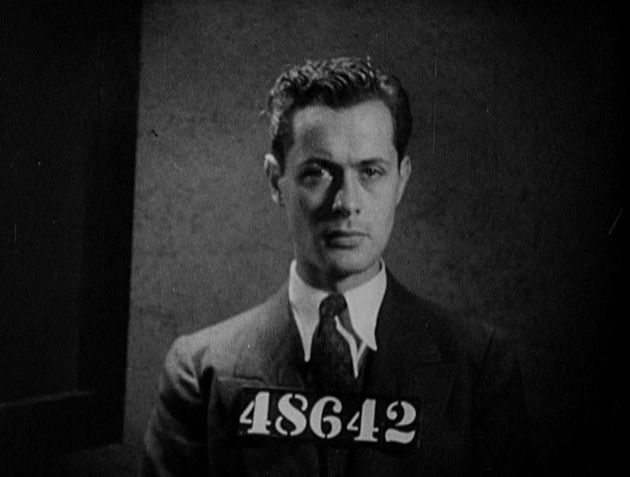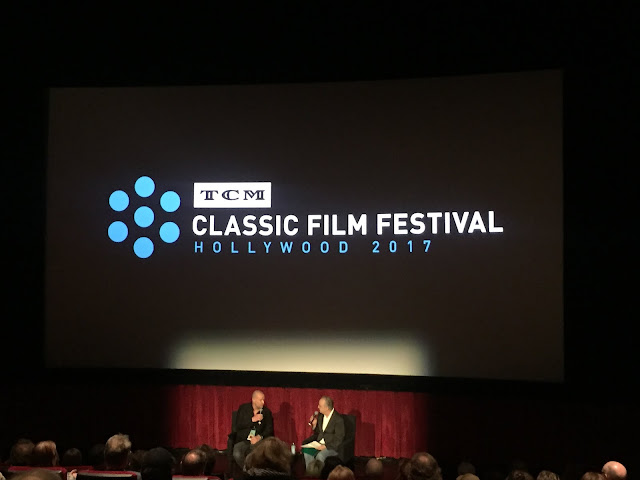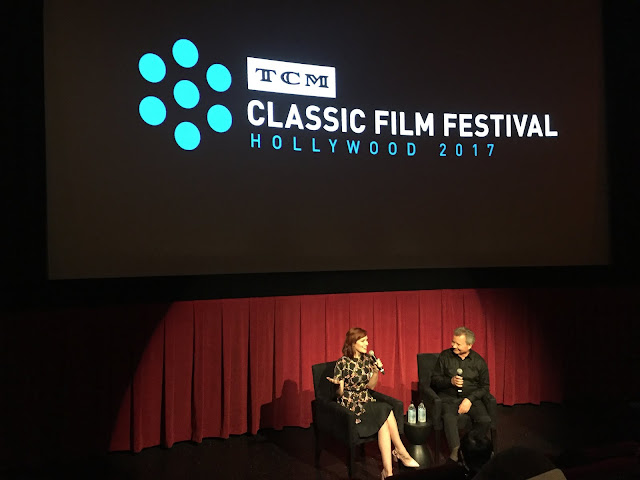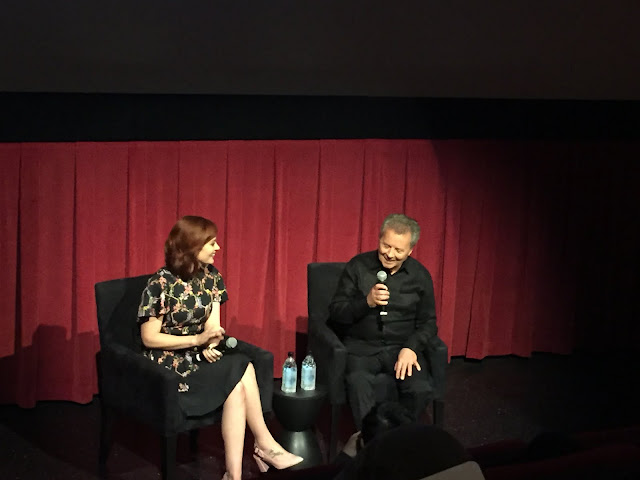"They all want to throw people into prison but they don't want to
provide for them after they are in. You mark my words Pop. Some day
we're going to pay for this shortsightedness." - Warden (Lewis Stone)
MGM's The Big House (1930) came at a time when Hollywood was still transitioning to talking pictures and experimenting with cinematography, set design and storytelling. This was all in addition to tantalizing audiences with sound. It's one of the earliest prison films and set many precedents for future films in that genre. The Big House explored many facets of prison life: the alliances, betrayals, hierarchies and the deep animosity between prisoners and authority figures. It was one of the first films to depict a prison riot. It broke ground, pleased the critics, won awards and almost ninety years later still holds up as an enjoyable drama.
The film opens with Kent Marlowe (Robert Montgomery) being escorted to prison. He's been convicted of manslaughter and sentenced to 10 years. The prison, run by warden James Adams (Lewis Stone), is overflowing with prisoners. Cells made to hold one person now need to accommodate three. Marlowe is placed with career forger Morgan (Chester Morris) and the prison's most notorious inmate, convicted murderer Butch (Wallace Beery). Marlowe is scared, Butch is greedy and Morgan must keep a level head throughout it all. There is a protest, time in solitary confinement, a prison escape, a riot and even a love story, with sole female lead Anne Marlowe (Leila Hyams), thrown in for good measure.
 |
| Cedric Gibbons set design - The Big House (1930) |
This critically acclaimed and award winning movie brought audiences stunning visuals and crisp sound. I love to call this the "Art Deco Prison Movie" because of the beautiful and minimalist set design by Cedric Gibbons. Recording engineer Douglas Shearer brings the sounds of prison to life and won the Academy Award for Best Sound for his work. Screenwriter Frances Marion researched prison life at San Quentin and wrote the original screenplay for the film. She won the Academy Award for her script. Her husband George W. Hill expertly directed the film and some of the scenes with prisoners en masse are beautifully choreographed. I love how cinematographer Harold Wenstrom plays with light and shadow especially in the earlier part of the movie.
This film came at a time when Robert Montgomery and Chester Morris were launching their careers in Pre-Code era Hollywood. They had just made The Divorcee (1930) with Norma Shearer, a very different film from The Big House. Wallace Beery had been suffering a career slump. Frances Marion spotted Beery at the MGM commissary and thought he would be the perfect actor for the role of Butch. This part revitalized Beery's career just in time for the new wave of talking pictures.
I watched The Big House recently with my husband who usually shies away from films of this era. He loves the prison genre classic The Shawshank Redemption (1994) and I pitched The Big House as a precursor to that film. He enjoyed making connections between the two films and seeing how this early talkie film might have influenced others of its kind.
I wrote about this film back in 2010 around the time when Warner Archive had released it on DVD. They re-released the film several years later as a two-disc set with the French and Spanish versions of the film included. In the early days of talking films, MGM would produce foreign language versions of their big movies. This was the era before subtitles and after silent film title cards which could be swapped out for different text. MGM made El presidio in Spanish, directed by Ward Wing who also worked on the original version. It stars José Crespo as Morgan, Juan de Landa as Butch and Tito Davison as Marlowe. The French version, Révolte dans la prison , was directed by Pal Fejos, one of the most interesting figures from the early film era and director of one of my favorite films Lonesome (1928). Charles Boyer, who wasn't quite yet a household name in the states, has the title role of Morgan.
 |
| Chester Morris as Morgan in The Big House |
 |
| Charles Boyer as Morgan in Revolte dans la prison |
 |
| Jose Crespo as Morgan in El presidio |
I watched the Spanish and French versions as was quite impressed by both. If you look closely you can see where MGM did recycle some of the scenes from the original and took some shortcuts to save money. The different actors added nuances to their performances that help distinguish those films from the original. I was so relieved that these films were shot with fluent actors and not with the original cast using phonetic Spanish or French. As a Spanish speaker I can tell you that watching a film with phonetic Spanish is a painful experience.
The Big House is not a perfect film. When Marlowe is stripped of his possessions and given a number I thought the movie would explore the loss of identity. It doesn't really happen. The numbers are not referenced much throughout the film. If you're new to early talkies, the lack of a soundtrack and the eerie quiet in the background might be a bit off putting. I'm used to this so it's no problem for me.
 |
| Robert Montgomery as Kent in The Big House |
 |
| André Burgère as Kent in Revolte dans la Prison |
 |
| Tito Davison as Kent in El presidio |
The Big House is my favorite prison film. I love the era, the performances, the characters and the story. I adore Lewis Stone, Chester Morris and Robert Montgomery so having all three in the film didn't hurt. I also love how The Big House set the bar for films to follow. If you're interested in film history, it's a must see.
The Big House (1930) two-disc DVD-R set is available from Warner Archive.
Warner Archive Wednesday - On (random) Wednesdays, I review one title from the Warner Archive Collection. Thank you to the Warner Archive for sending me The Big House (1930) for review!



























































